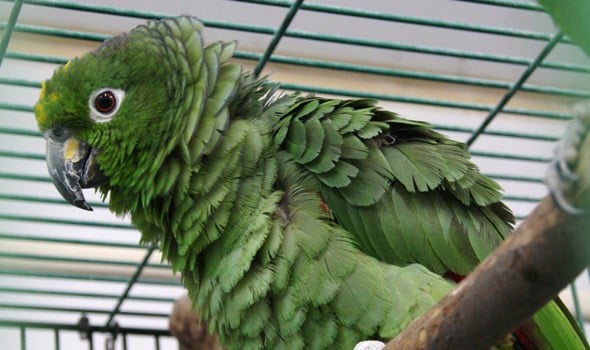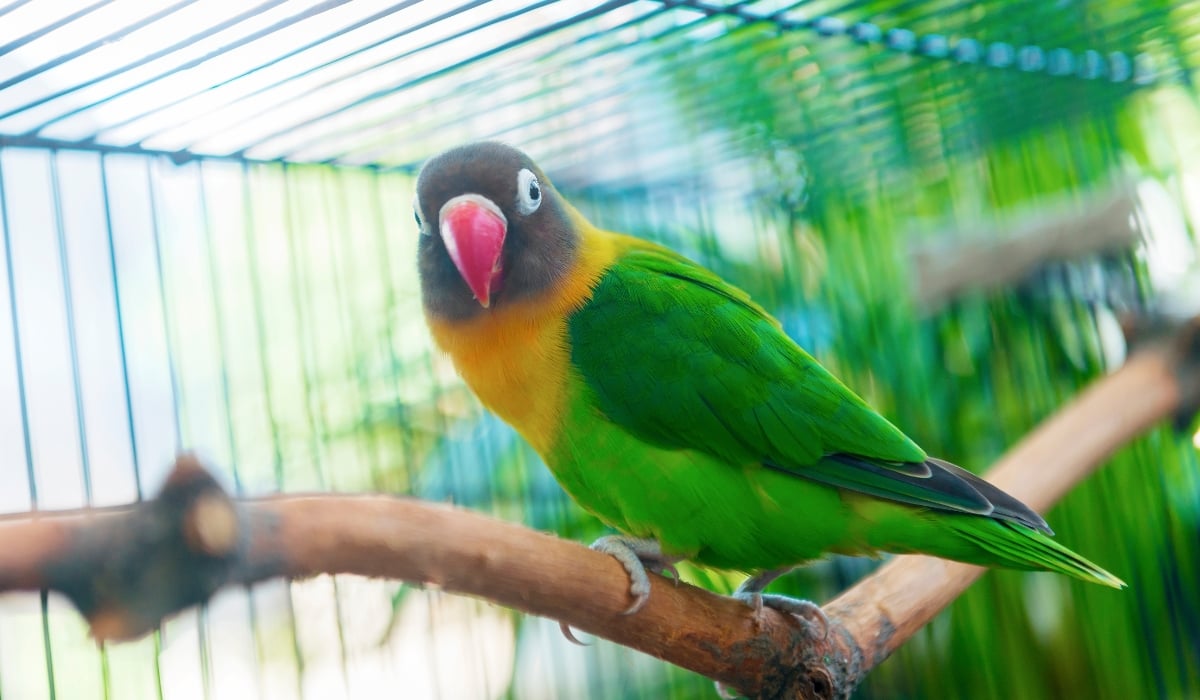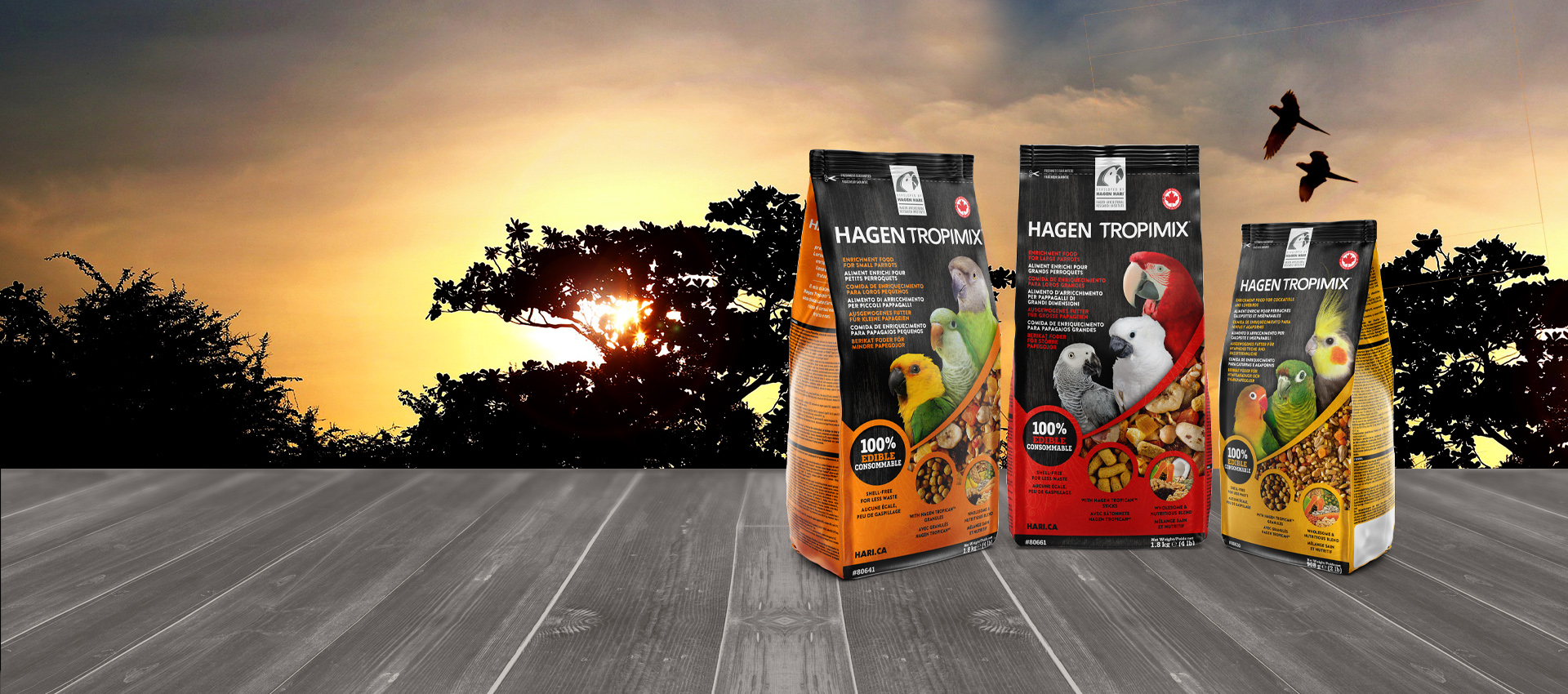Your cart is currently empty!
HARI Official Brand Site

Featured Post
How Do Birds Detect Ultraviolet Light?
Being able to see UV light is a vital part of how birds see and interact with the world. For years, scientists believed that birds saw the same colours as humans.
All Housing & Environment Articles
-
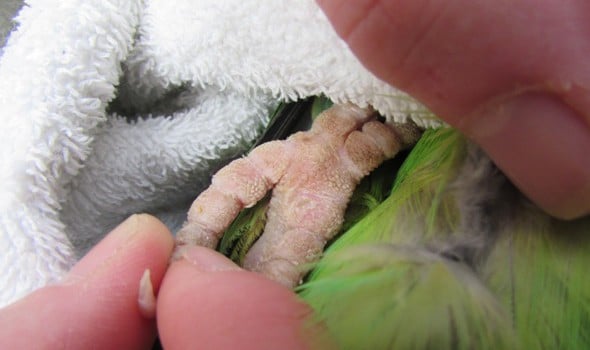
-

-
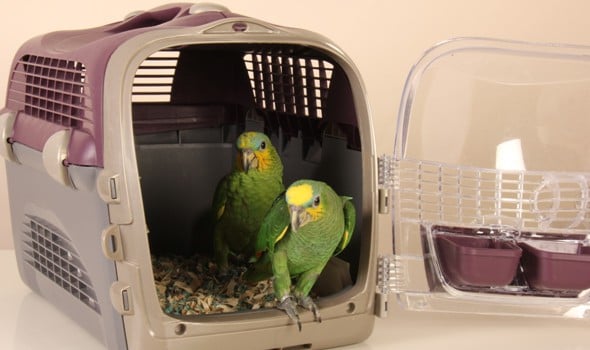
-

-
By simulating natural sunlight with an avian light, you are providing environmental enrichment and helping your bird to see his indoor world as it would in nature.
-

-

-
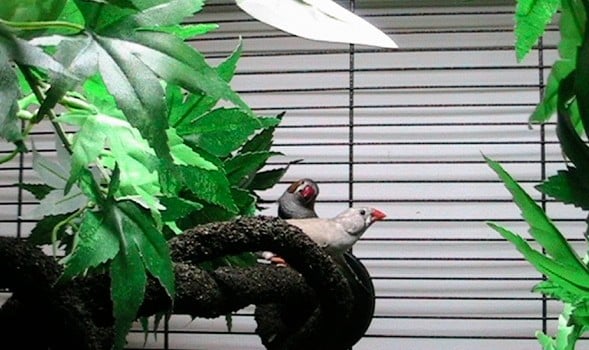
-
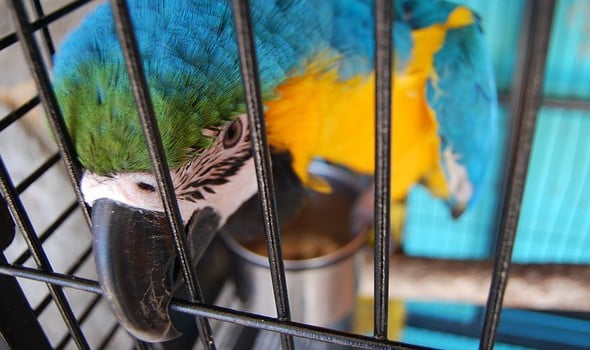
-
Spend less time cleaning, and more time enjoying your bird. Vision home for birds. Not your ordinary bird cage.
-
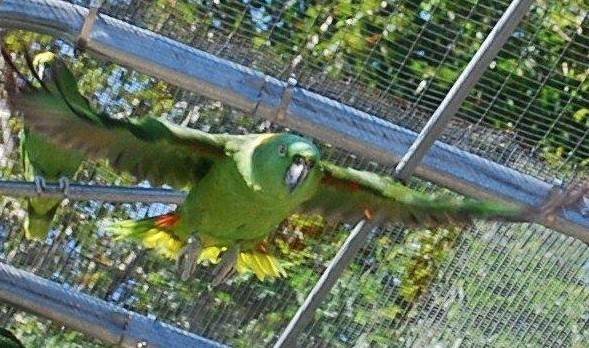
-
